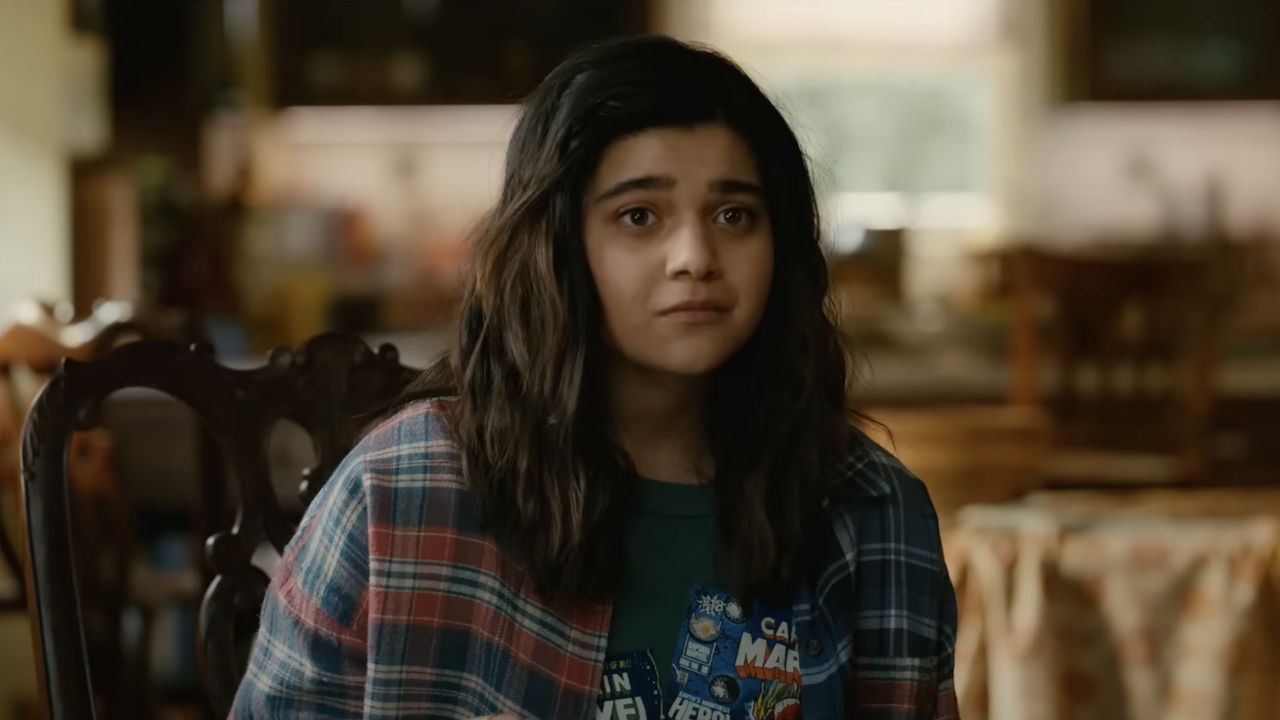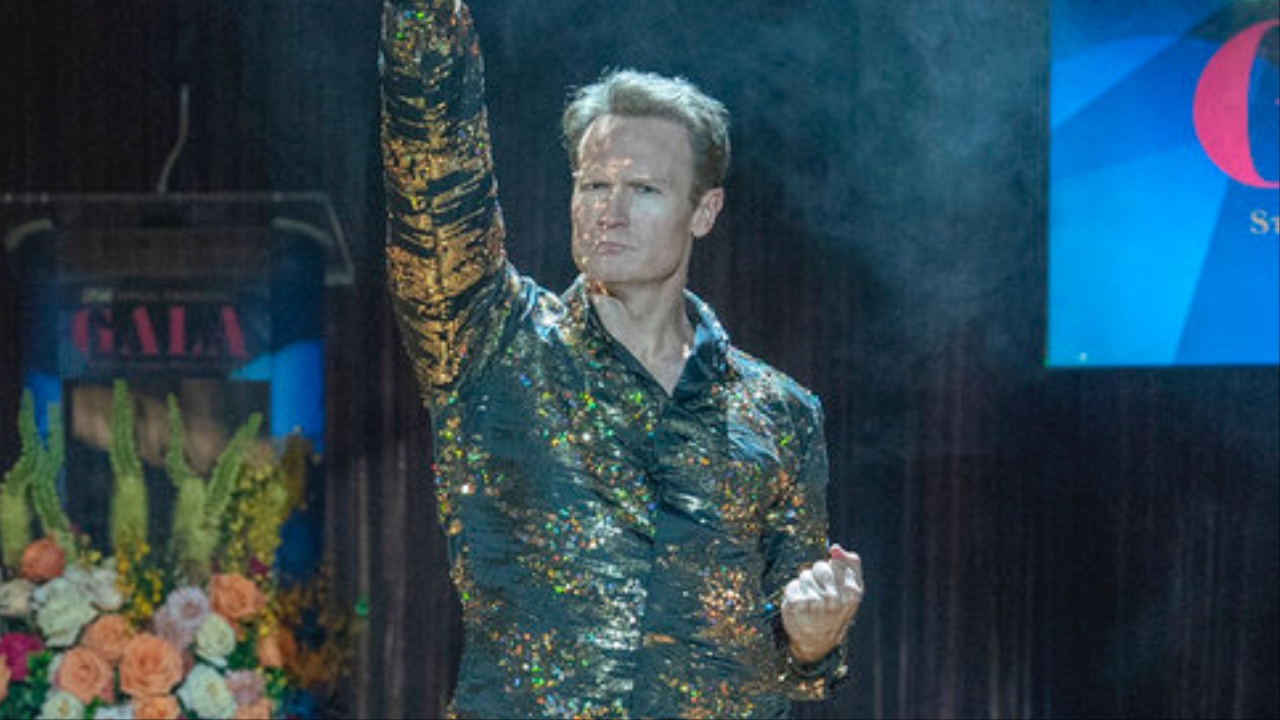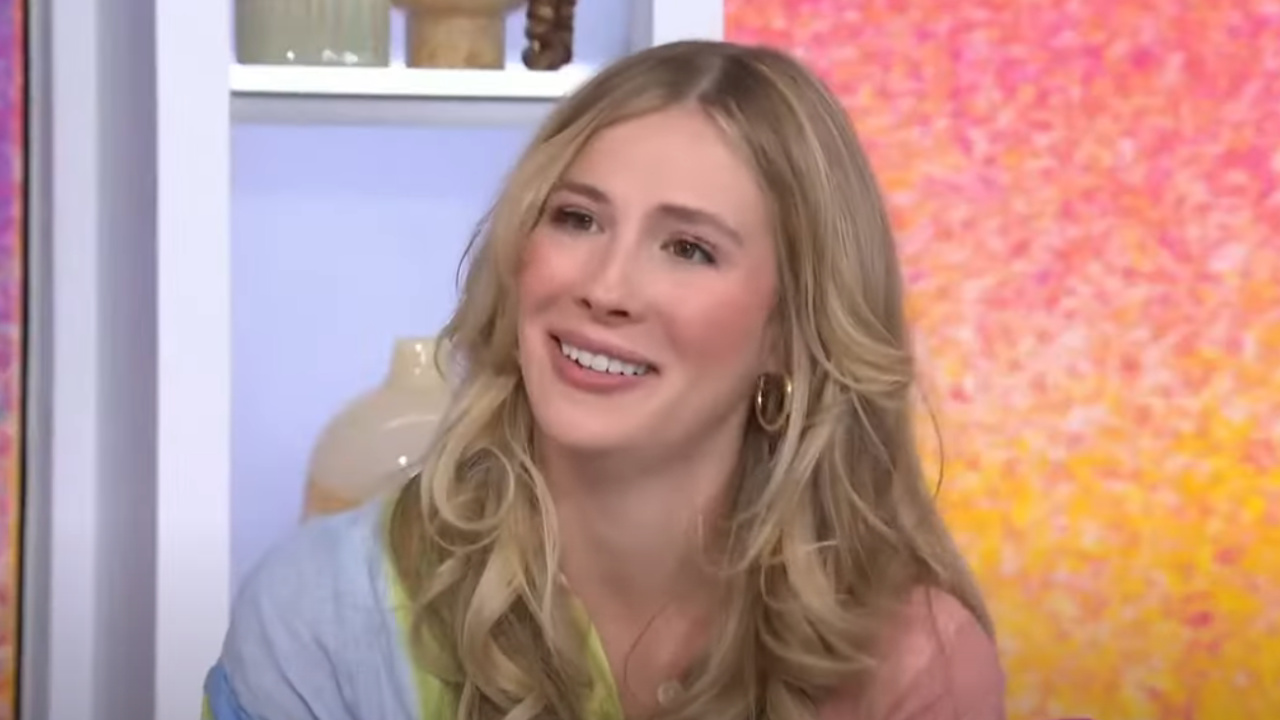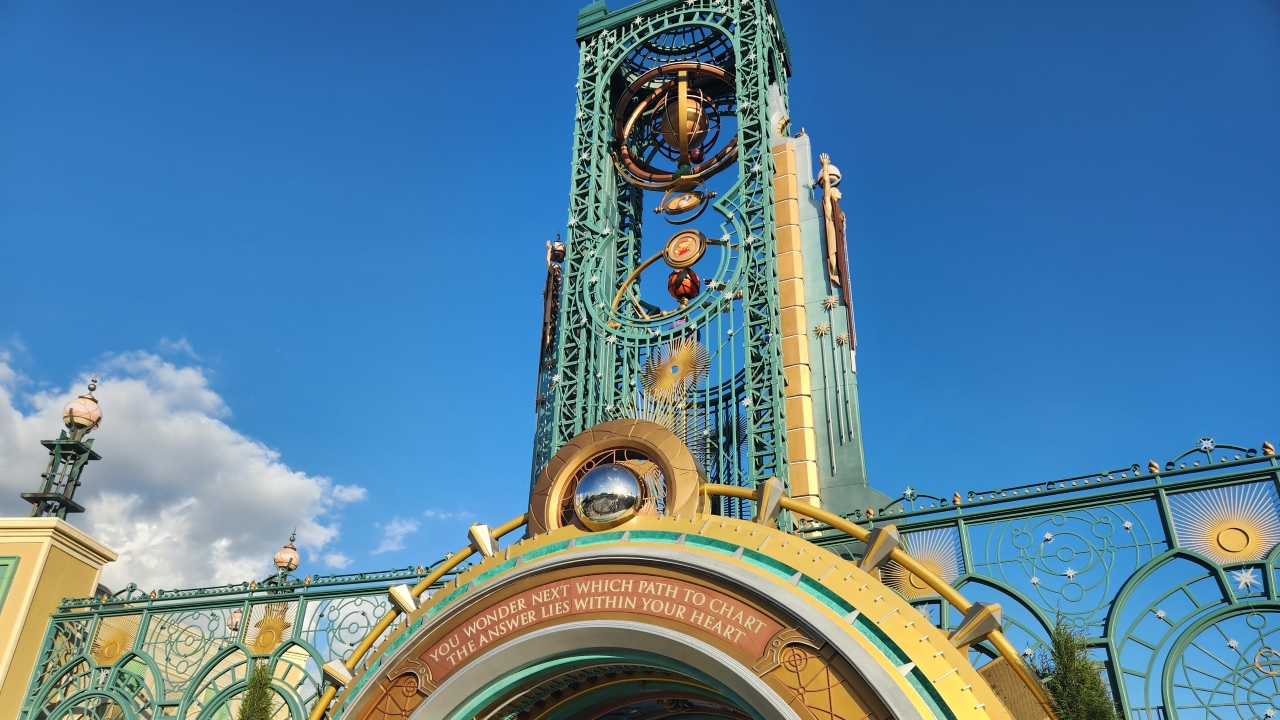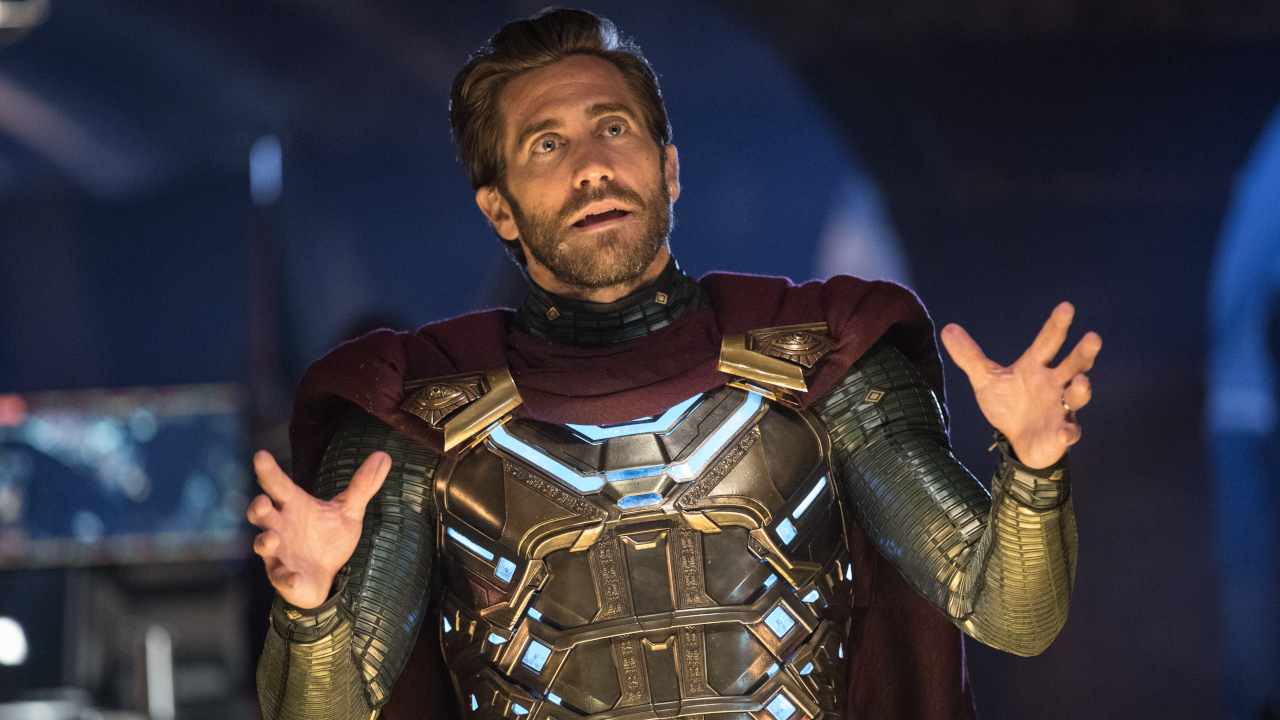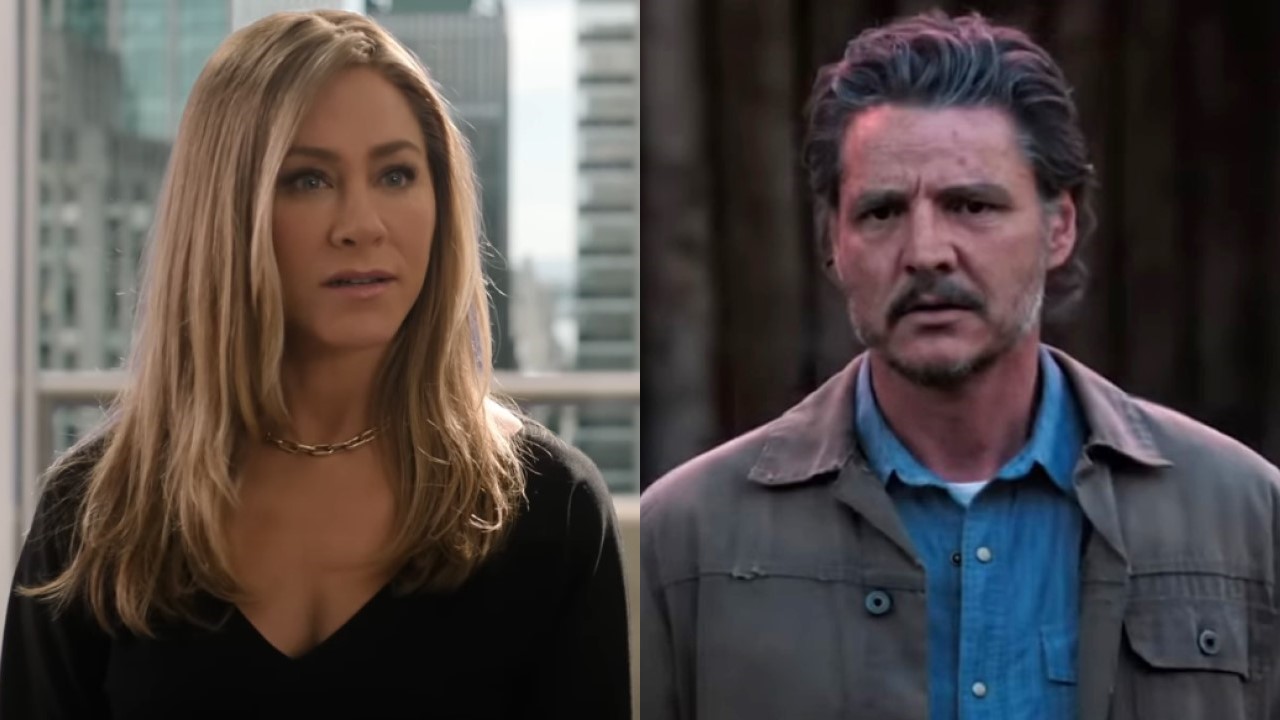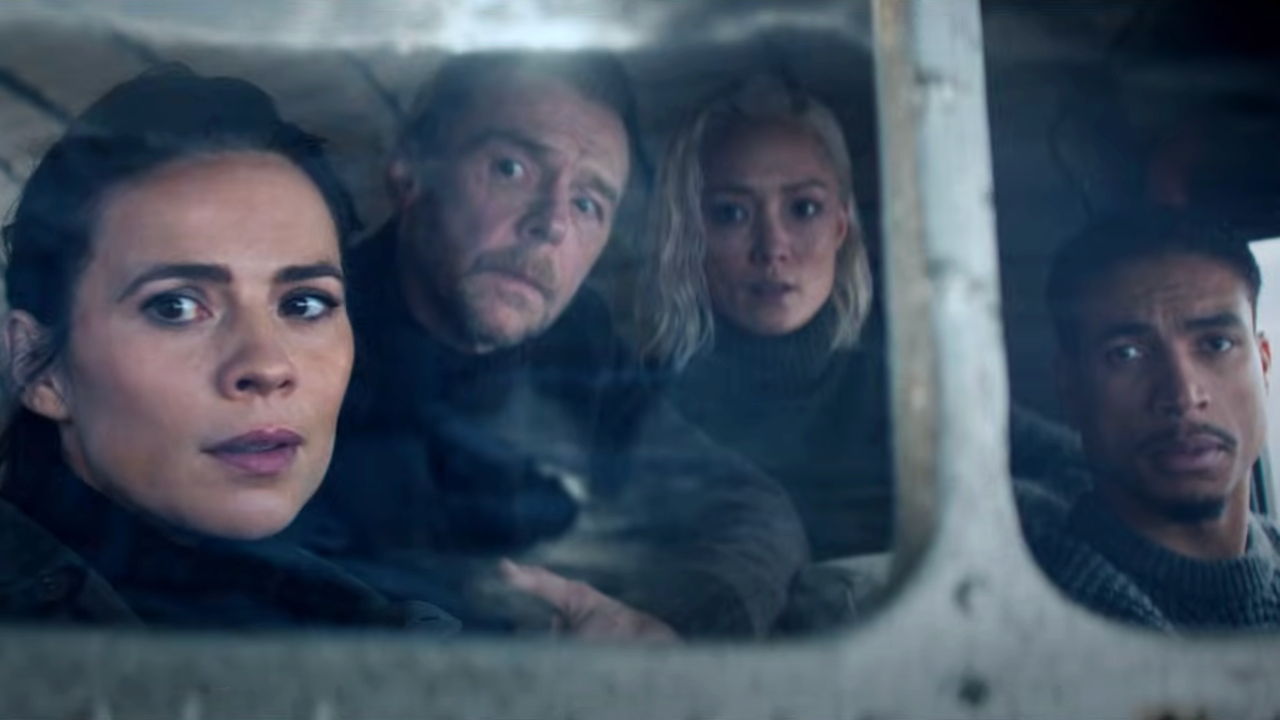To 3D Or Not To 3D: Buy The Right Great Gatsby Ticket
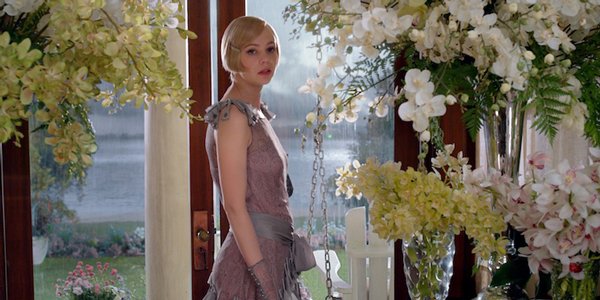
How is it possible that The Great Gatsby is Baz Luhrmann's first 3D film? The Australian director has defined excess with Moulin Rouge! and showed his willingness to play around with classics in Romeo + Juliet; he seems like exactly the guy who would embrace the new technology of 3D to make something new out of a familiar story, and now he's done exactly that with The Great Gatsby. If you're going to adapt F. Scott Fitzgerald's classic novel and put hip-hop and Lana del Rey on the soundtrack, why not put it in 3D too?
But when you see The Great Gatsby this weekend, you'll be able to choose whether or not you want to pay that extra 3D price-- and that's where we come in. Today's newest installment of To 3D or not to 3D goes through the film's 3D effects step by step, to help you figure out which ticket to buy. For a full review of The Great Gatsby click here, and then read below to find out if you ought to don your 3D glasses this weekend.
Does 3D Fit?
?Well, it depends on what we're talking about. Is the classic novel The Great Gatsby the first thing you'd think of when you imagine books that ought to be 3D movies? Absolutely not. Is Baz Luhrmann the director who seems to have been born wearing a pair of 3D glasses on his head? Absolutely. And though we mostly wish that 3D had been around when Luhrmann made Moulin Rouge!, the wild party scenes of Gatsby outweigh the quiet dialogue scenes and make the film a pretty natural fit for the format.
Fit Score: 4/5
Planning & Effort?
?Even before he was officially making the film Luhrmann was considering doing it in 3D, even shooting tests with DiCaprio and Maguire to see how the 3D cameras worked. He shot the film using the Red Epic 3D camera, and he and the studio even delayed the release so they could perfect the 3D even further. Say what you will about the choice to use 3D at all, but once he committed, Luhrmann made sure he did it right.
Planning & Effort Score: 5/5
Before the Window?
CINEMABLEND NEWSLETTER
Your Daily Blend of Entertainment News
?This is a period drama about a doomed romance-- how much opportunity can there be for 3D stuff that pops out of the screen at you? As it turns out, a whole lot. The Great Gatsby probably has the biggest confetti budget in movie history, with two different party scenes that are completely coated in the stuff, and all of it floating out at you constantly. On top of that there are snowflakes, fog encasing the Long Island Sound, champagne corks-- you name it, it flies out and at you. Weirdly, though, the pop-out effect is much more muted than it's been in other films that use the gimmick. Luhrmann clearly wants you to feel the 3D coming your way, but he doesn't go for it quite as intensely as he could have.
Before the Window Score: 4/5
Beyond the Window
?As in all of Baz Luhrmann's other films, there is a lot of stuff crammed into every frame of The Great Gatsby, from the massive crowds at Gatsby's parties to the mansions of the Long Island Sound to the expansive CGI vistas of 1920's New York City. 3D only increases the depth of it, and gives you the chance to notice some fantastic costume or weird character actor in the background who might otherwise have slipped by. Just like with the "before the window" score, though, the effect here is weirdly muted. You feel the extra depth of the 3D, but you don't feel it nearly as extremely as you might in other movies. Given that Luhrmann goes for broke with nearly all of the film's other effect, it's an odd choice that doesn't totally take advantage of the format.
Beyond the Window Score: 4/5
Brightness
?Is it possible that this is the first-ever 3D movie that's too bright? As you've surely seen in the trailers, The Great Gatsby is flush with every color under the sun, and between the sets and the sequins on the costumes there's light all over the place. Shooting on 3D cameras surely only helped them make sure everything was bright enough so that putting on the 3D glasses doesn't dim it in the slightest.
Brightness Score: 5/5
The Glasses Off Test
?Here's where you can really see the effect of what I was talking about earlier, how the 3D is noticeable but not nearly as intense as you might expect. When you remove your glasses in the middle of a scene-- say, one of Gatsby's crowded parties-- you'll notice some blur around the characters. The more blur, the more 3D pop you're going to see when you put them back on. Gatsby doesn't have much blur at all, obviously a conscious choice, but one that helps you put together why this 3D doesn't stand out as much as it ought to.
Glasses Off Score: 2/5
Audience Health?
If anything in The Great Gatsby is going to make you ill, it's going to have nothing to do with the 3D. Luhrmann is fond of his spinning cameras and quick cuts, and many scenes in the movie are deliberately trying to disorient you. But credit where it's due-- the 3D is very specifically used not to increase your feelings of nausea. That's probably a major reason why the depth isn't as pronounced as it could be. So while the glitter bombs may make you feel a little dizzy, the 3D is not to blame.
Audience Health Score: 5/5
| SCORES RECAP | |
| 3D Fit | 4 |
| P&E | 5 |
| Before The Window | 4 |
| Beyond The Window | 4 |
| Brightness | 5 |
| The Glasses Off Test | 2 |
| Audience Health | 5 |
| Total Score | 29 (out of a possible 35) |
Final Verdict: If you see The Great Gatsby in 2D, you might find yourself very confused-- why is all this confetti shooting out at the screen? What's with that zoom-in close-up on something that seemingly doesn't matter? The 3D, though not nearly as intense or impactful as it could have been, is a key element of the way the film was made, and if you're interested in Luhrmann as a director and the insane spectacles he can dream up, you probably ought to see it the way he intended. There's nothing in this that will change the way you see 3D forever the way Hugo did, but if you're signing on for Luhrmann's brand of excess anyway, why not go for the extra bit?
This poll is no longer available.
Staff Writer at CinemaBlend


